Olivia was interesting to me from the first moment I saw her. There was something in her eyes. Something in her movement. She has a very mystical aura around her, but at the same time she is so much fun to be around! As a dancer, lawyer and dance therapist, she combines the world of academics and arts in a way which I am still trying to find. I can only say that I am lucky to be able to work, talk and have coffee with her. She used to tell me “I have nothing to say.” But I wanted to prove her wrong with this article. I always felt she had something to say which was of much importance to me… and also to you.
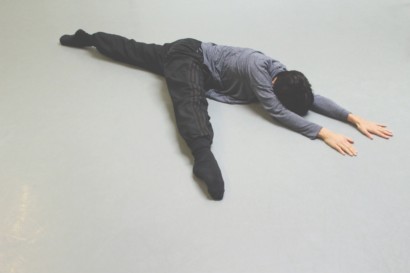
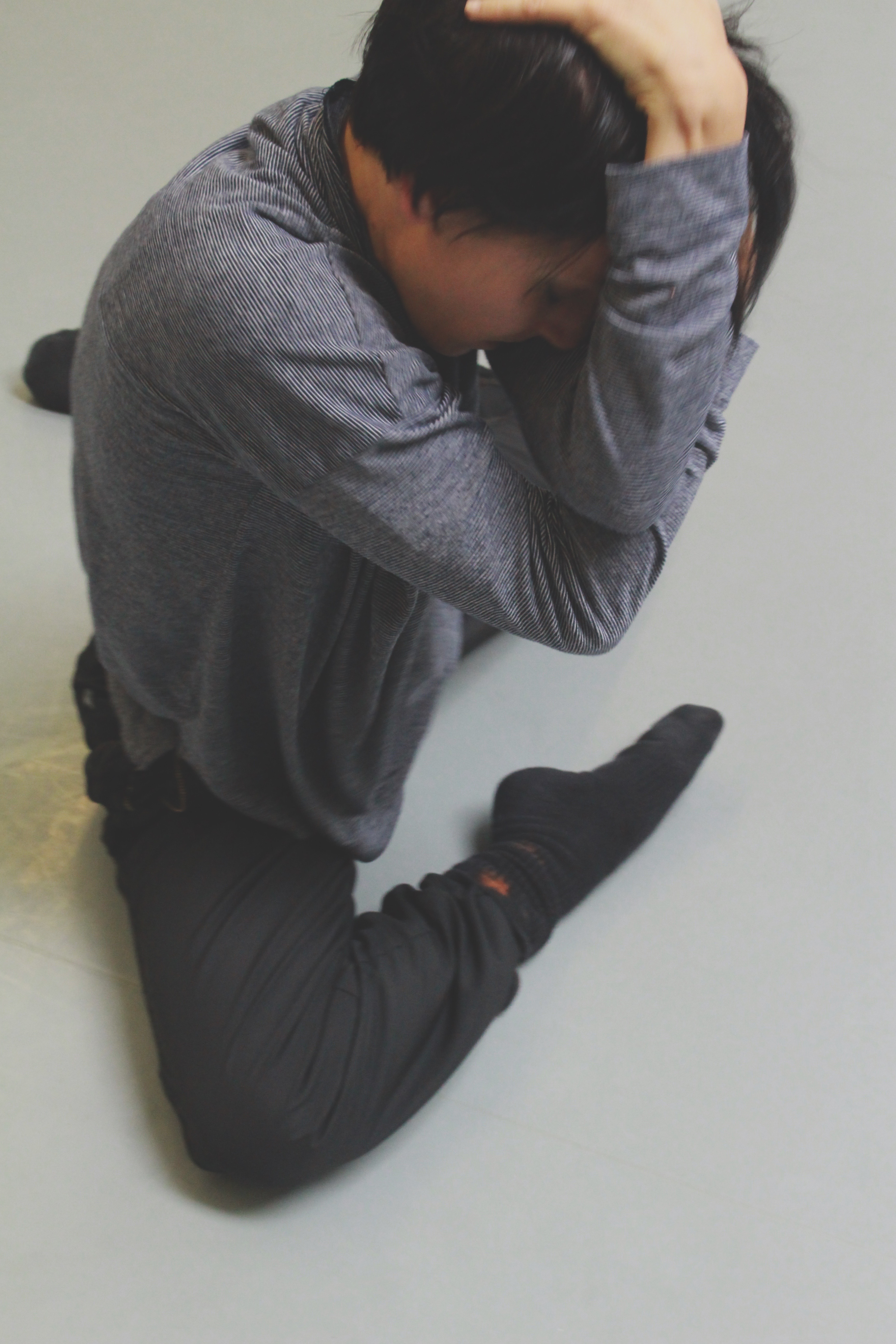
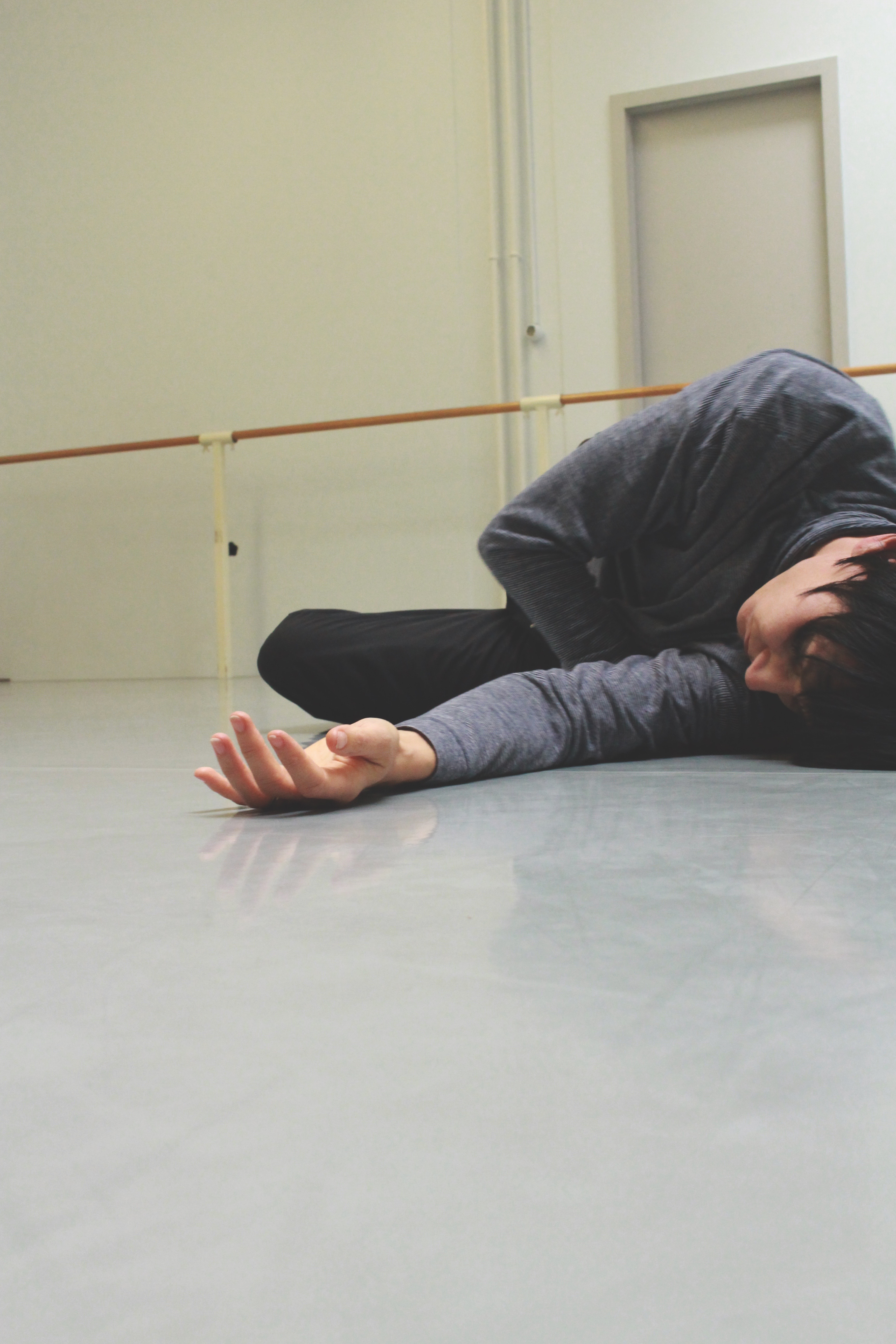
I started dancing, like all babies, in the womb. Then by breathing, then ‘attuning’ to mum! I was born pretty wired for various reasons. The quest to understand my ‘dancing’ nervous system has led me on a big beautiful journey of discovery. I used to take over a corner of the living room from age 3 or 4: My dance spot was in between the bookcases, piano and drinks cabinet!
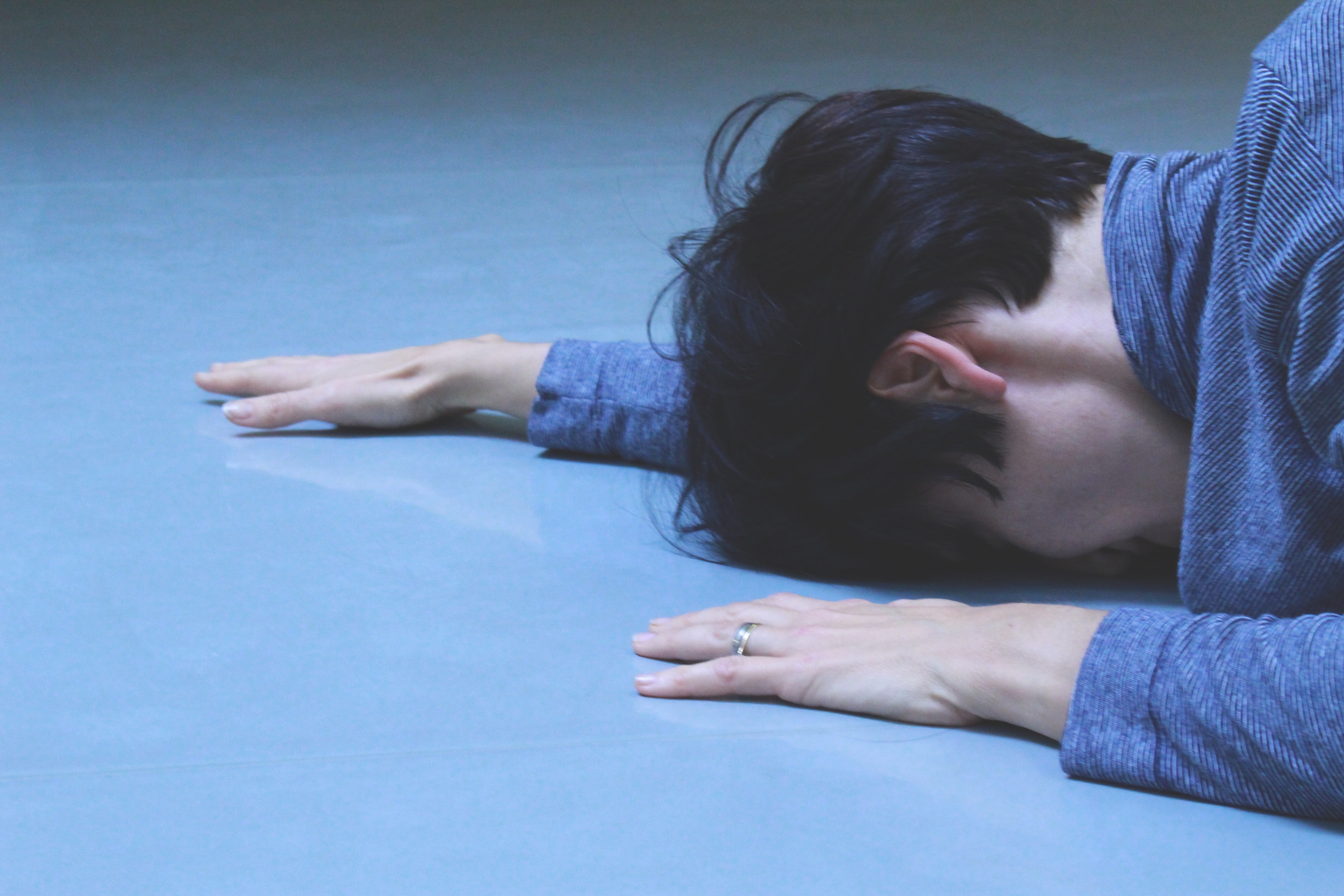
I united law and dance as polar opposites, with a lot of common traits. Justice and healing are inter-related. Both law and dance give people what they want (and what they don’t know they need) through the medium of crafting a powerful message. Both carry certain risks inherent in high-pressure performance culture and can attract similar driven personalities. Both require aptitude, organisation and long training. Both could improve the effort/reward correlation; the corporate law firm/legal aid clinic paradigm has some parallels with the large dance companies/freelance dance scene!
As a young child, I just wanted to dance all the time. But when my godmother took me to see Sleeping Beauty when I was 4, I decided I wanted to do more with dance.
*
I was touched and inspired by the families I worked with in the Caribbean at Amnesty International. They had all lost sons to state violence. I wanted to better advocate for them. I could also see what needed to change from visiting many prisons and I wanted tools to reform the criminal justice system. That’s why I chose to study law.
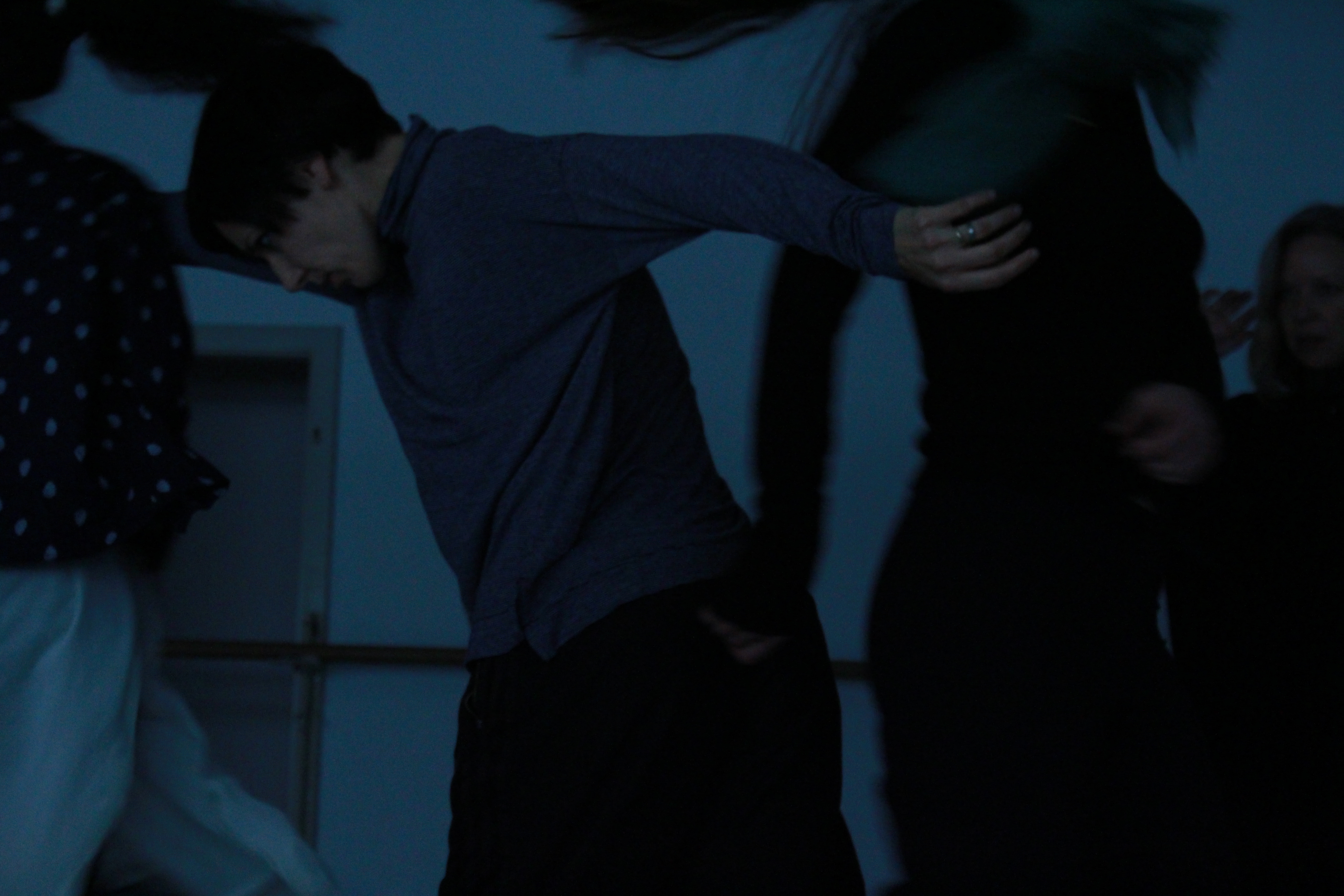
When I think of choreographies, I do it from a predominately internal place which links to words and meaning or from inspiration around a particular theme. I admire people who work more like visual architects. I think there is space for all of it.

Dancing is important because it keeps us alive or shows us the parts of ourselves that need to come alive again. An embodied art is the best teacher. By bypassing words and going directly to the energetic and relational level, dance provides a direct path to peace. They should start UN General Assembly sessions dancing!

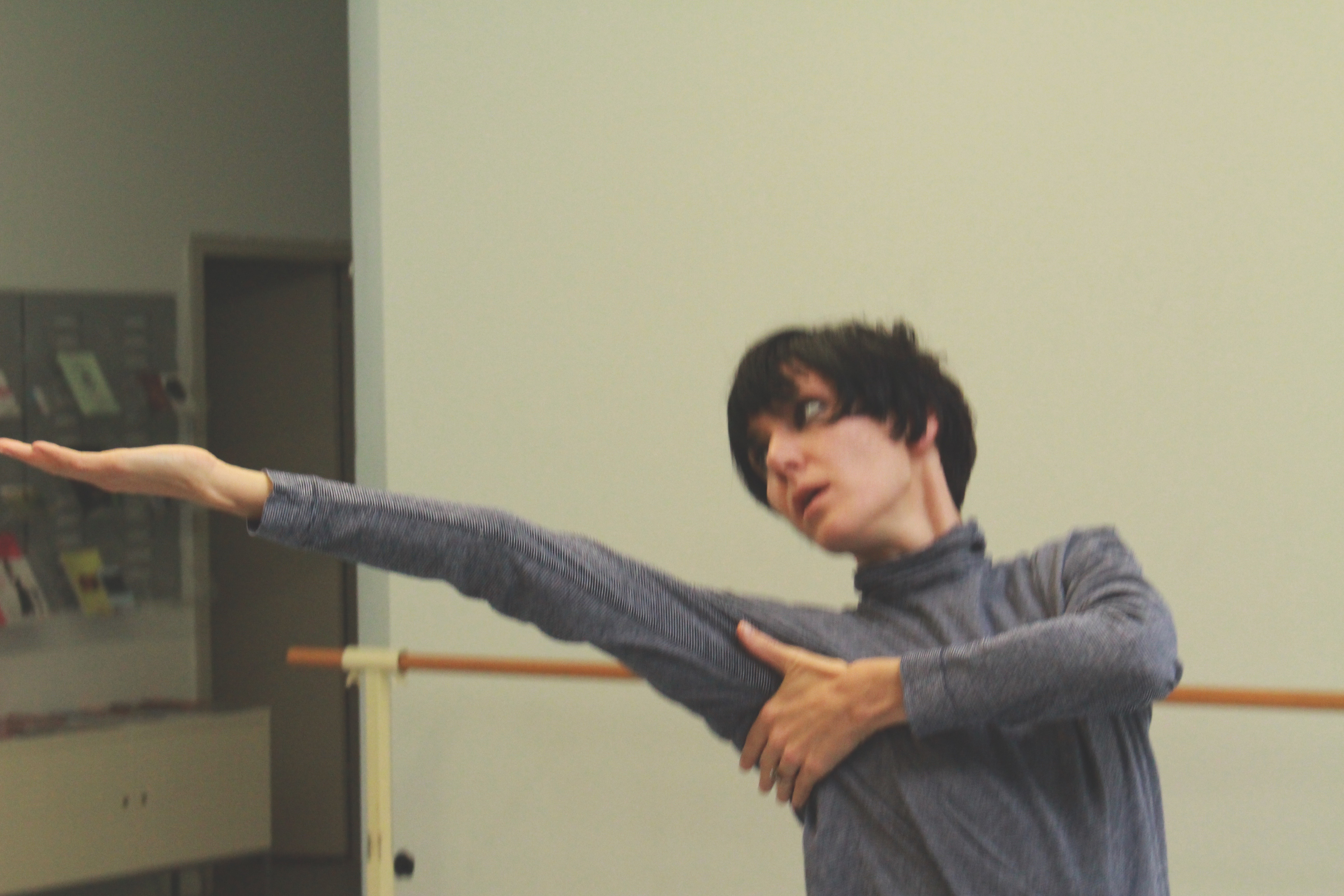
Not everybody has to dance. I trust people to find their own paths to vitality and follow their inner knowing.
Therapy and other work helped me enormously to move into the light. Dance and movement therapy takes the work of healing, recovery and resilience to a whole new level of integration. It is quite magic. Dance therapy is different to being ‘seen’ in a creative dance class. Profound transformations can occur through the act of being witnessed with eyes of unconditional love and acceptance. Other people have held that space for me so I could embody it. I would like to hold it for others.
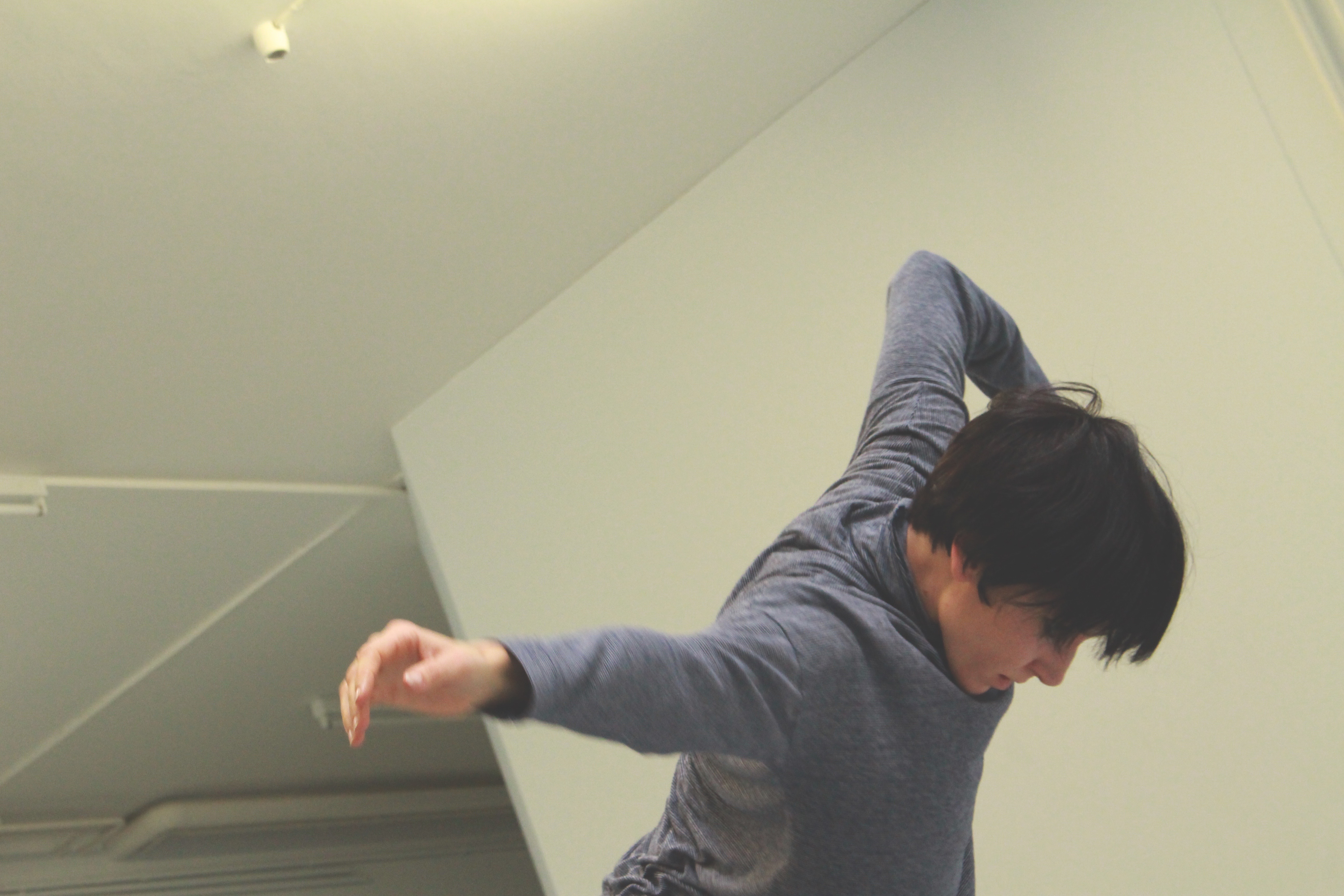
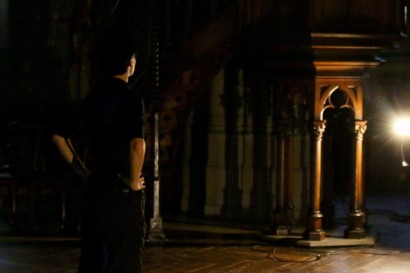
I feel most influential when:
I love and write.
When I perform or fight (injustice, not people!).
And right after I surrender something.
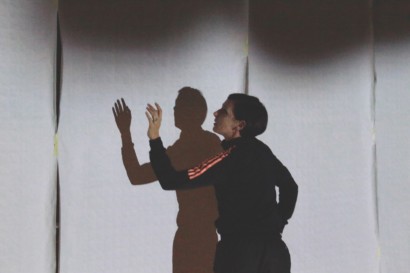
Dance used to be a coping mechanism, to express impulses and otherwise unbearable intensity (joyful or painful). Because I finally gave myself freedom to allow this, it created openness. These days, it is different. I love to be internally quiet and let others in; it is like a flow or meditation. I love coming together with others to create something bigger than all of us.
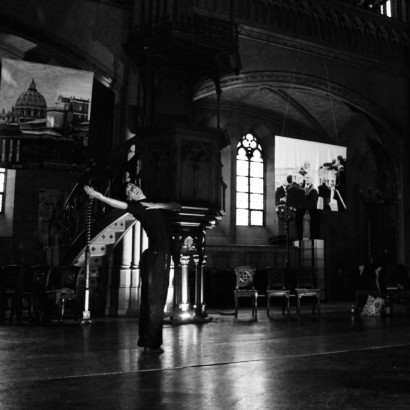
I am attracted to intense strong rhythms with fast repetitive primal movement qualities, like So Blue, where Louise Le Cavalier ‘loses herself’ completely. These days I also love softer more fluid work. Chris Lechner is a big mentor.
I love drama and a strong political message. Hofesh Shechter’s Political Mother was one of the most perfectly complete pieces I ever saw.
I was obsessed with Jorge Garcia Perez’s duet Bipolar Skin for ages. The intense, erotic beauty between the couple; merging and separation, pushing, holding, resting – amazing!
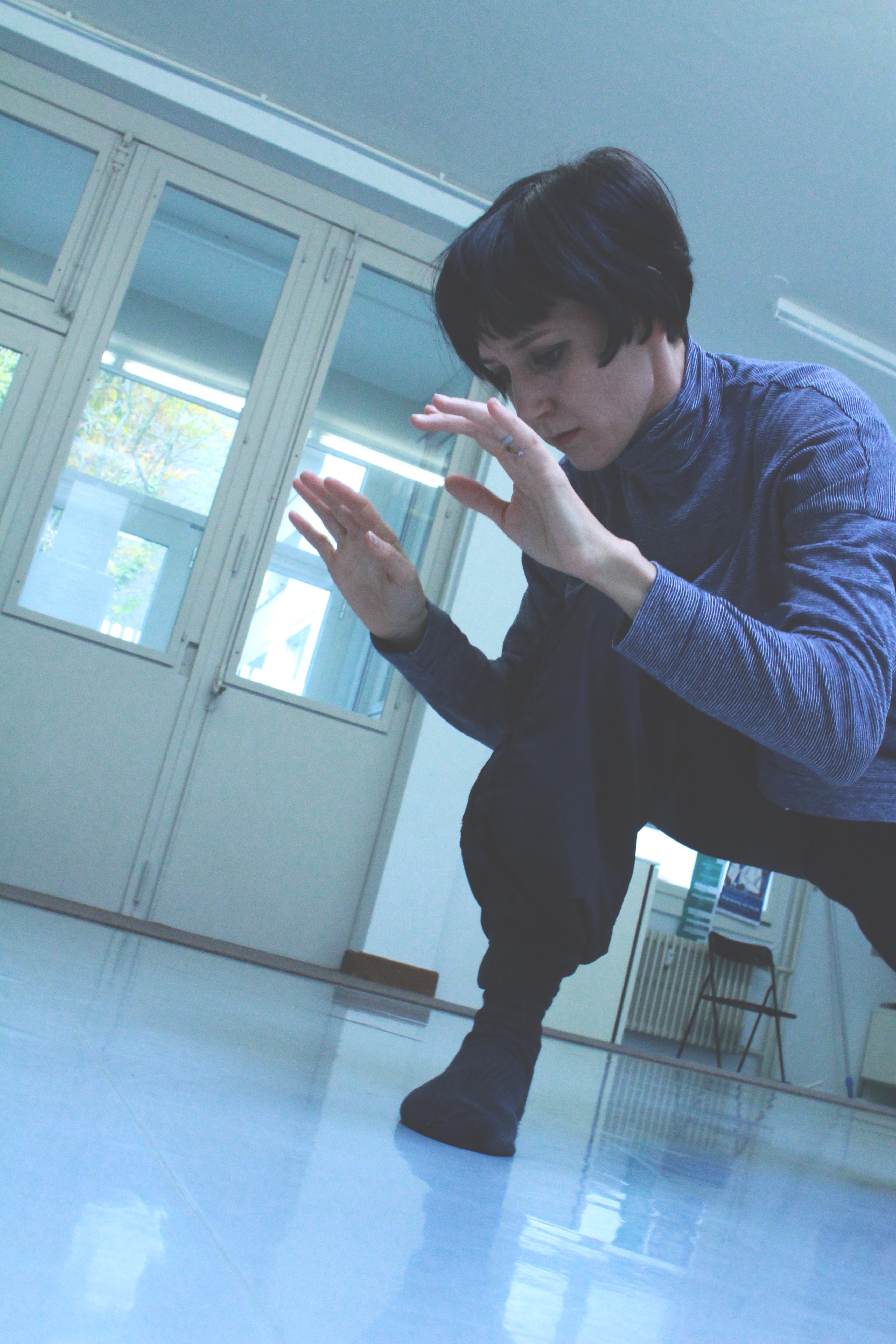
Becoming a professional dancer at 40: It was the right time and challenging in a good way. It’s good to have ‘beginner’s mind’ and yet we all need to feel competent and own what we can do; there’s a balance to find. People reacted largely positively but our reactions have more to do with us than with others so it’s never personal.
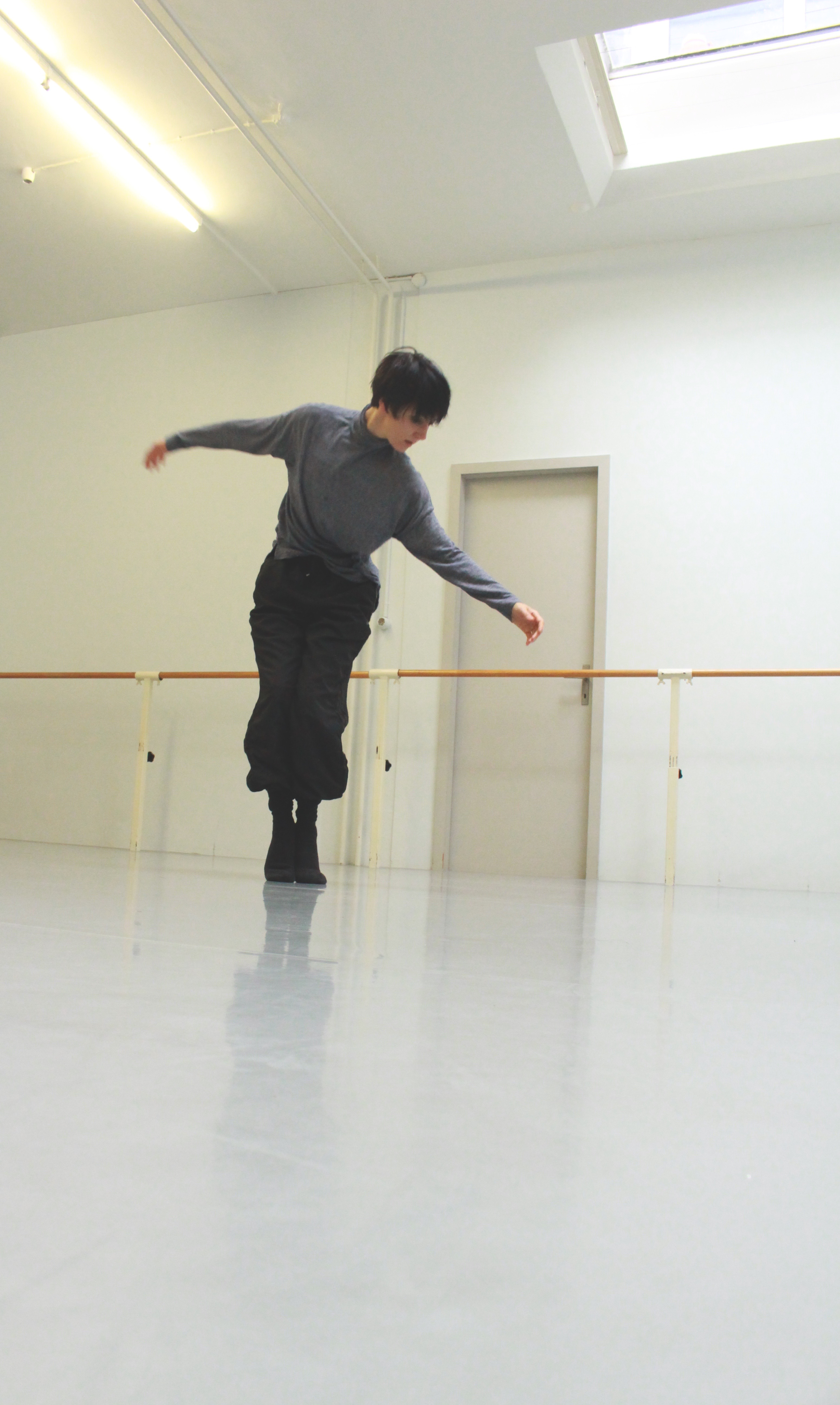
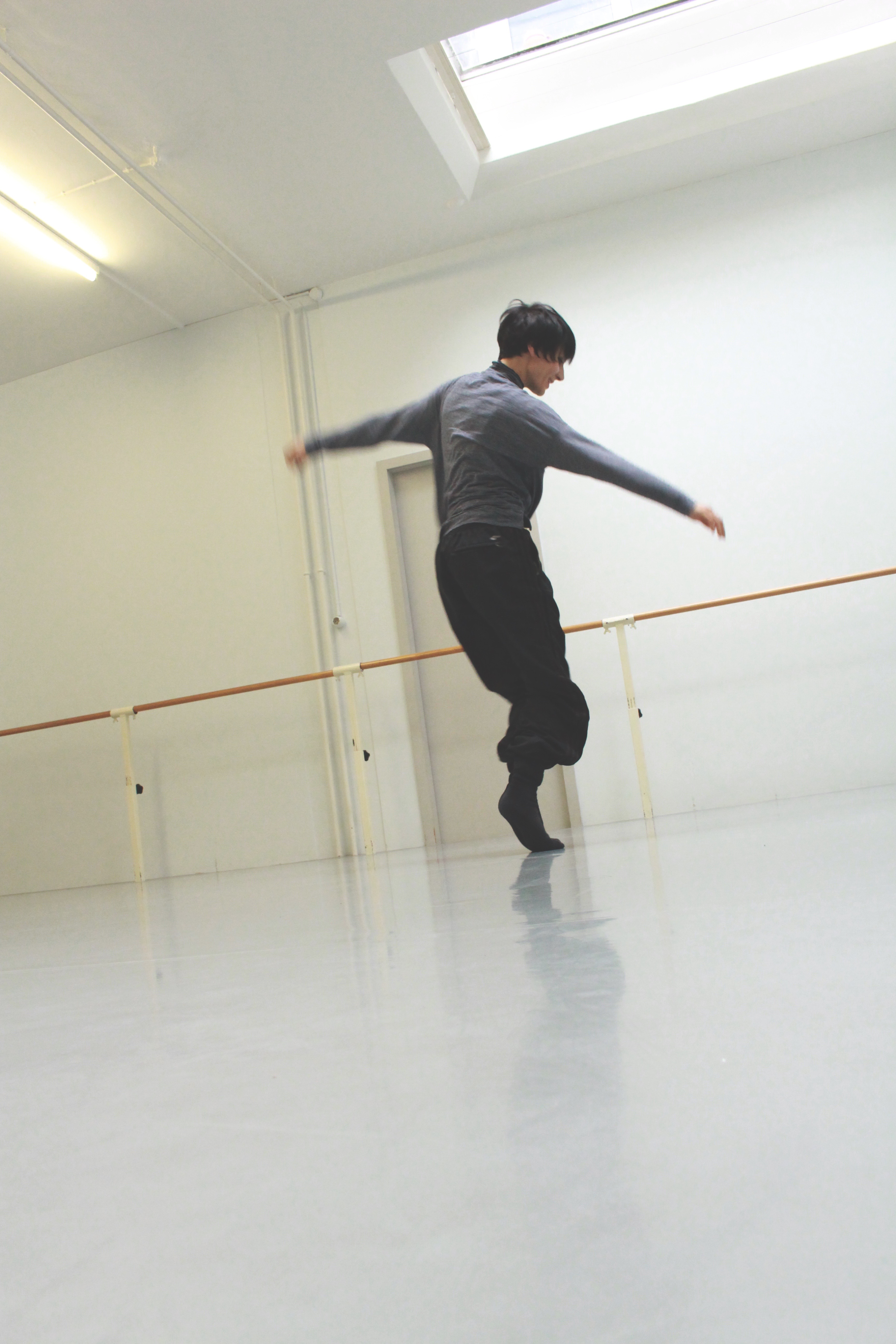
A very important moment in my dance career: When I stopped striving to join a large full-time dance company. I let go and embraced life (and myself) as it was. Then I started to create projects with my co-collaborators, like Catherine Habasque (Dancers For the World) and Eve Neeracher (Across The Divide).
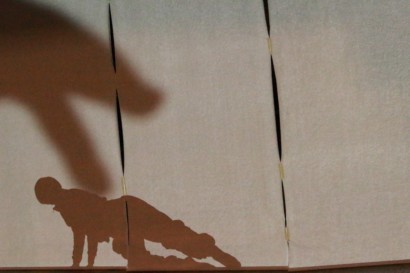
Teaching children about dance and movement:
I want to hold space for their natural, instinctive movement and breathing patterns. And sense possibility. I would rather they climb trees, run and fall right now.
I want them to learn through touch and movement that they are unconditionally loved and accepted. Also that relationship is about connection, disconnection and repair and all parts of that are ok.
I want them to understand consent and embody safety.
And be (or stay) skillful enough to make different choices in the moment depending on their mood and energy.
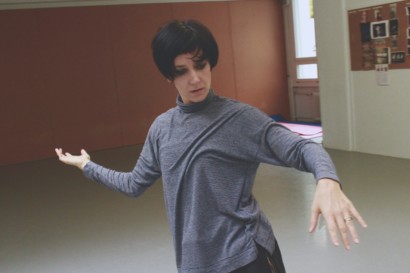
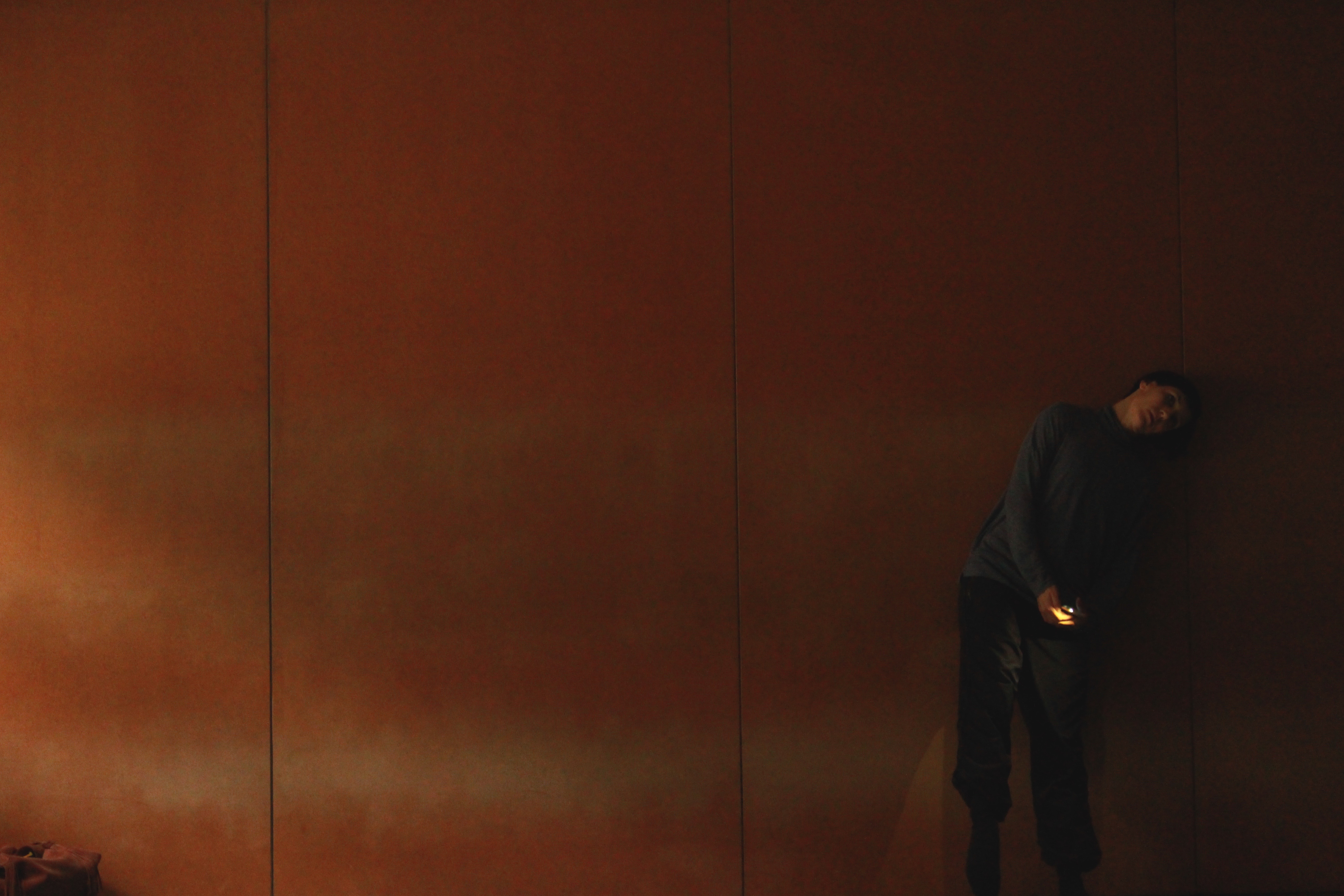
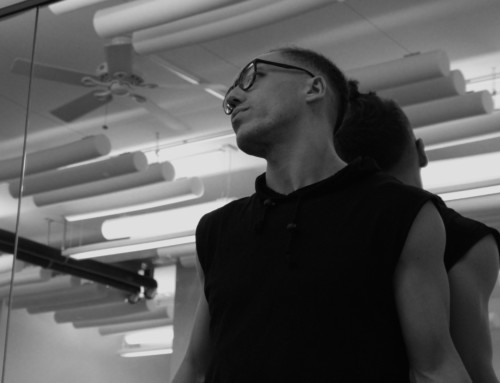
Leave A Comment